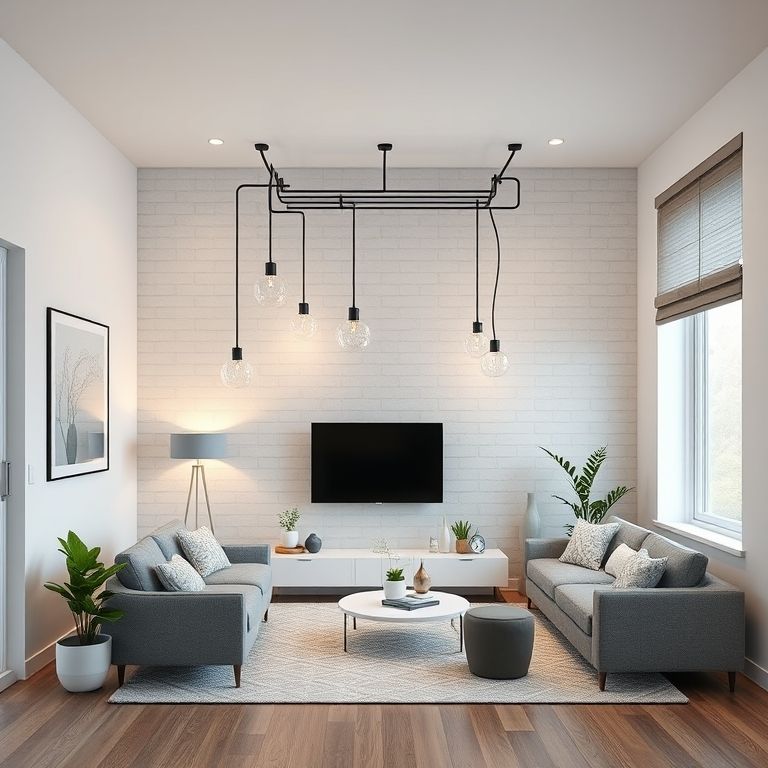As Aussie Tradies in the tiny house construction industry, you understand the importance of keeping modern homes safe, functional, and efficient. One essential aspect of any construction project is the electrical system, which plays a crucial role in powering appliances, lighting, and overall comfort.
In this article, we will discuss electrical upgrades for modern home safety, focusing on tiny house constructions in Zeehan. We will delve into the world of architectural drawings and plans, home remodeling estimates, and common questions to help you navigate this process.
Section 1: Understanding Architectural Drawings and Plans
Architectural drawings and plans are essential tools for any construction project, including tiny houses. These detailed diagrams help visualise the design, layout, and electrical components of your project. Here are the key components to look out for:
- – Site Plan: A two-dimensional drawing that shows the location of the house on the property, including any existing structures, trees, and utility connections.
- – Floor Plan: A diagram that outlines the interior layout, including walls, doors, windows, and electrical outlets.
- – Elevation: A drawing that shows the house’s exterior view from different angles.
- – Cross Section: A three-dimensional view that demonstrates the vertical construction sequence, detailing floor heights, wall assembly, and roof structure.
- – Electrical Plan: A drawing that displays the electrical system layout, including lighting, switches, outlets, and wiring.
Section 2: Home Remodeling Estimates
Accurate home remodeling estimates are crucial for managing your budget and ensuring a successful construction project. Here’s a breakdown of the common costs associated with electrical upgrades:
- – Wiring: The cost of materials and labour for installing new wiring.
- – Circuit Breakers: The cost of upgrading circuit breakers to handle increased electrical load.
- – Lighting Fixtures: The cost of new energy-efficient lighting fixtures and bulbs.
- – Surge Protectors: The cost of installing surge protectors to safeguard against power surges.
- – Smart Home Devices: The cost of integrating smart home devices, such as smart thermostats, security systems, and lighting controls.
Section 3: FAQs
Q: What is the typical lifespan of a home’s electrical system?
A: A well-maintained electrical system can last between 20 to 40 years, depending on factors such as usage, maintenance, and the quality of the initial installation.
Q: How often should I get my electrical system inspected?
A: It is recommended to have your electrical system inspected every 10 years or as needed, especially before and after major renovations.
Q: What is the purpose of ground-fault circuit interrupters (GFCIs)?
A: GFCIs help prevent electrical shocks by shutting off the power when an electrical fault is detected, typically in areas with moisture, such as kitchens and bathrooms.
By understanding architectural drawings, home remodeling estimates, and common questions, you can ensure that your tiny house construction projects are safe, functional, and efficient. Investing in modern electrical upgrades not only enhances the livability of your creations but also contributes to the overall well-being of your clients.
Stay informed and up-to-date with the latest trends and best practices in the tiny house construction industry. Consult with experts, attend workshops, and continue learning to provide your clients with the best possible solutions for their modern homes.

